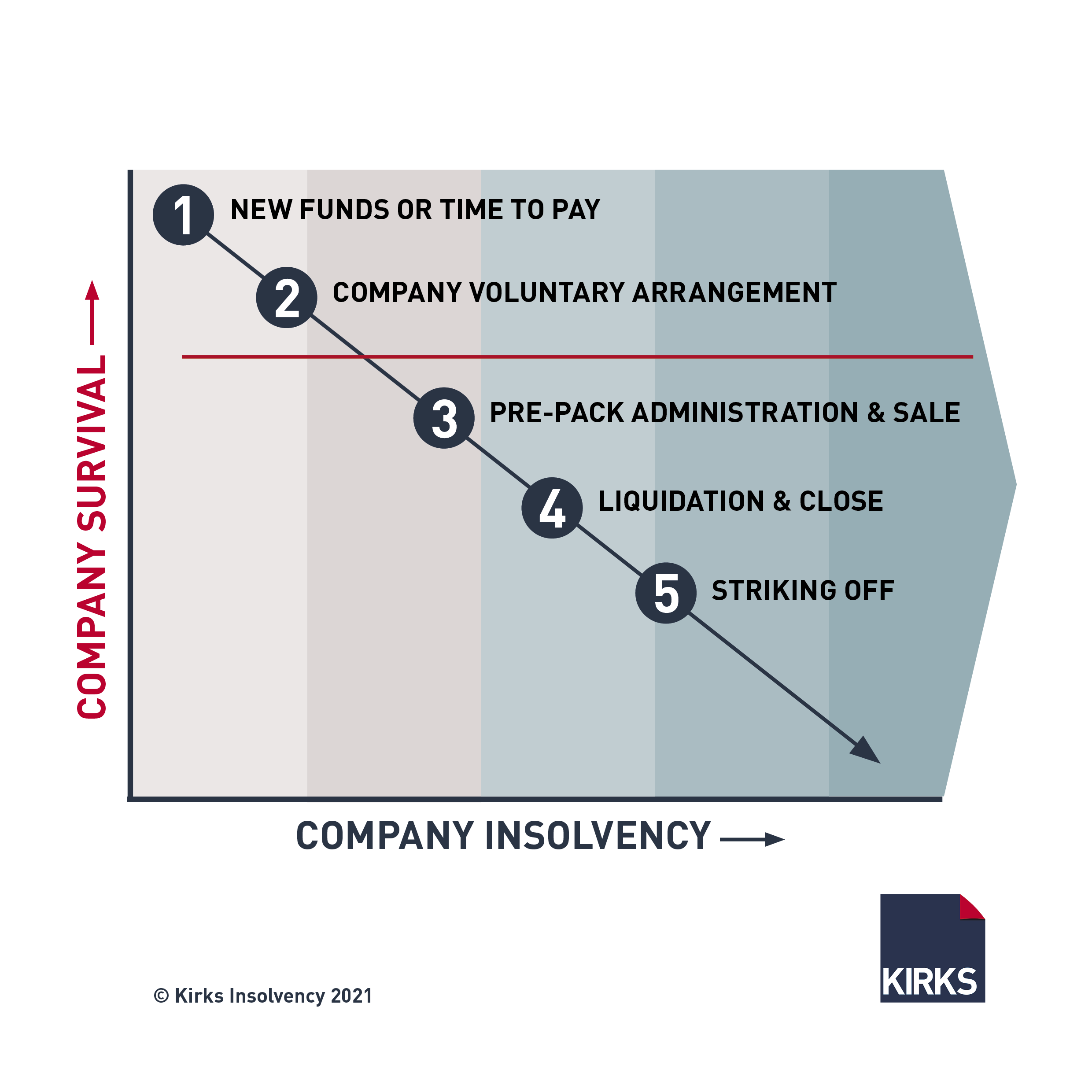Getting My Insolvency Practitioner To Work
Getting My Insolvency Practitioner To Work
Blog Article
Things about Insolvency Practitioner
Table of ContentsInsolvency Practitioner Can Be Fun For EveryoneInsolvency Practitioner - TruthsThe 9-Second Trick For Insolvency PractitionerInsolvency Practitioner Things To Know Before You BuyInsolvency Practitioner - An OverviewInsolvency Practitioner for BeginnersThe 5-Second Trick For Insolvency Practitioner
Insolvency is when liabilities are more than the worth of the company, or when a debtor can not pay the financial obligations they owe. A company can come to be insolvent as a result of a variety of scenarios that lead to inadequate capital. When encountered with insolvency, a service or individual can speak to financial institutions straight and restructure financial debts to pay them off.
Organization proprietors might contact creditors straight and restructure financial debts into more manageable installations. Financial institutions are normally responsive to this approach since they want to be paid back and prevent losses, also if the payment is on a postponed timetable.
The owner creates a proposition outlining how the financial obligation may be restructured utilizing cost reductions or various other prepare for support. The proposition shows lenders exactly how the organization may create enough cash flow for rewarding operations while paying its financial debts. Usually, a forgiven financial obligation may be considered revenue by the Irs (IRS).
How Insolvency Practitioner can Save You Time, Stress, and Money.
When a business needs to pay raised rates for items and solutions, the business passes along the price to the consumer. Instead than pay the increased cost, several consumers take their business in other places so they can pay less for a services or product. Losing clients causes shedding earnings for paying the business's lenders.
When procedures cease, so does the business's revenue. Some firms become bankrupt since their items or services do not evolve to fit consumers' altering demands.
Not known Details About Insolvency Practitioner
Expenditures go beyond revenues and expenses remain unpaid. Types of bankruptcy consist of cash-flow bankruptcy and balance-sheet bankruptcy. Cash-flow insolvency occurs when a firm has the possessions to cover their debts yet they are in the incorrect form, such as property rather of fluid funds. Balance-sheet insolvency, on the other hand, indicates a lack of properties in any type to cover debts.
The internal revenue service states that an individual is bankrupt when the overall obligations surpass total properties. Insolvency Practitioner. A insolvency, on the other hand, is an actual court order that portrays exactly how a financially troubled individual or business will certainly pay off their lenders, or view it now exactly how they will certainly offer their assets in order to make the repayments
Insolvency Practitioner Things To Know Before You Get This
When a company or individual is insolvent, they can not meet their financial responsibilities. Bankruptcy is not the very same as bankruptcy, although a company that has become bankrupt might submit for personal bankruptcy. Bankruptcy is the state of not being able to pay your commitments while bankruptcy is a legal process to release your financial obligations.
Comprehending the elements that can result in insolvency, such as overspending, can aid you stop bankruptcy and its effects.
Fascination About Insolvency Practitioner
It is popular that directors and see this here police officers of companies (and supervisors of restricted obligation companies) owe fiduciary duties to their companies and their investors (or participants). These fiduciary commitments are defined by state laws and, though there are variations from state to state, they normally include a task of commitment and a responsibility of care.
The obligation of treatment needs supervisors and policemans to exercise diligence, to make educated choices, and to act in great belief to ensure that their actions remain in the most effective rate of interest of the business. Beyond the extent of this conversation, some states permit these obligations to be limited either by so noting in the organizational files or conforming with various other requirements.
Getting The Insolvency Practitioner To Work

Take care regarding providing investors advantageous therapy at the expense of lenders (e.g., licensing and funding a returns or a supply redemption). Beware about favoritism between classes of investors. Make practical efforts to find out all the realities before taking a particular course of activity; directors should truly believe that any kind of decisions made are in the very best interests of the company in its entirety (i.e., decisions will certainly be evaluated in knowledge due to the result of such activities on the firm).
In any type of bankruptcy or insolvency case, settlements made to certain creditors at the expenditure of various other lenders can be clawed back, particularly if there is some link between the firm and the creditor. Think about suggesting at a yearly investor conference (or any kind of other conference of shareholders) a resolution affirming that all prior company choices and activities taken by the supervisors and officers of the corporation were absorbed excellent confidence after a workout of affordable treatment.
Our Insolvency Practitioner PDFs
Totally disclose any type of individual or organization connections with events beyond of purchases entailing the corporation to prevent the appearance of a conflict of rate of interest. In evaluating possible fund elevating transactions or a sale of assets of the struggling firm, understand that these transactions may be inspected later taking into account any type of subsequent growth of supervisors' fiduciary obligations to consist of creditors.
Report this page